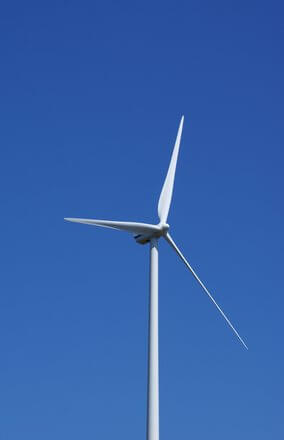
Covestro has developed an innovative technology for manufacturing turbine blades that uses a special process from a polyurethane resin and a glass-fiber fabric.
Covestro, a global supplier of high-tech polymer materials, has developed an innovative technology for manufacturing wind-turbine rotor blades. The rotor blades are fabricated in a special process from a polyurethane resin and a glass-fiber fabric. The company has now received the important DNV GL certification for the resin.
DNV GL – an abbreviation of the companies Det Norske Veritas and Germanischer Lloyd, which merged in 2013 – is a leading international industry standard for the safety, reliability and performance of wind turbines. The Covestro system is the world’s first polyurethane resin to receive this certification. For the company, it also is an important milestone in the advancement of renewable energies, particularly wind power.
It’s the resin that counts
“This brings us a big step closer to our goal of increasing the efficiency of wind-power generation,” says Kim Klausen, global head of Covestro’s wind-energy program. The resin was developed in a close cooperation between the Covestro Wind Competence Center in Denmark and the Polyurethane Research Center in Leverkusen. It has a major influence on stability and durability, the two critical properties of rotor blades.
“After epoxy resins mainly were used in the industry in the past, the time has come to establish the high performance and cost advantages of polyurethane in wind power generation,” says Kim Klausen.
Covestro successfully tested the polyurethane resin on an industrial scale together with SAERTEX, a manufacturer of glass fiber and carbon-fiber fabrics, and HÜBERS, a specialist in process engineering. A prototype of a 45-meter-long spar cap recently was fabricated at the German Aerospace Center (DLR) in Stade.
See the video report at https://www.youtube.com/watch?v=aICshNiCs80. The spar cap is a key component of the rotor structure that has to bear the full force of the wind.
Covestro
www.covestro.com
Filed Under: Blades, News




